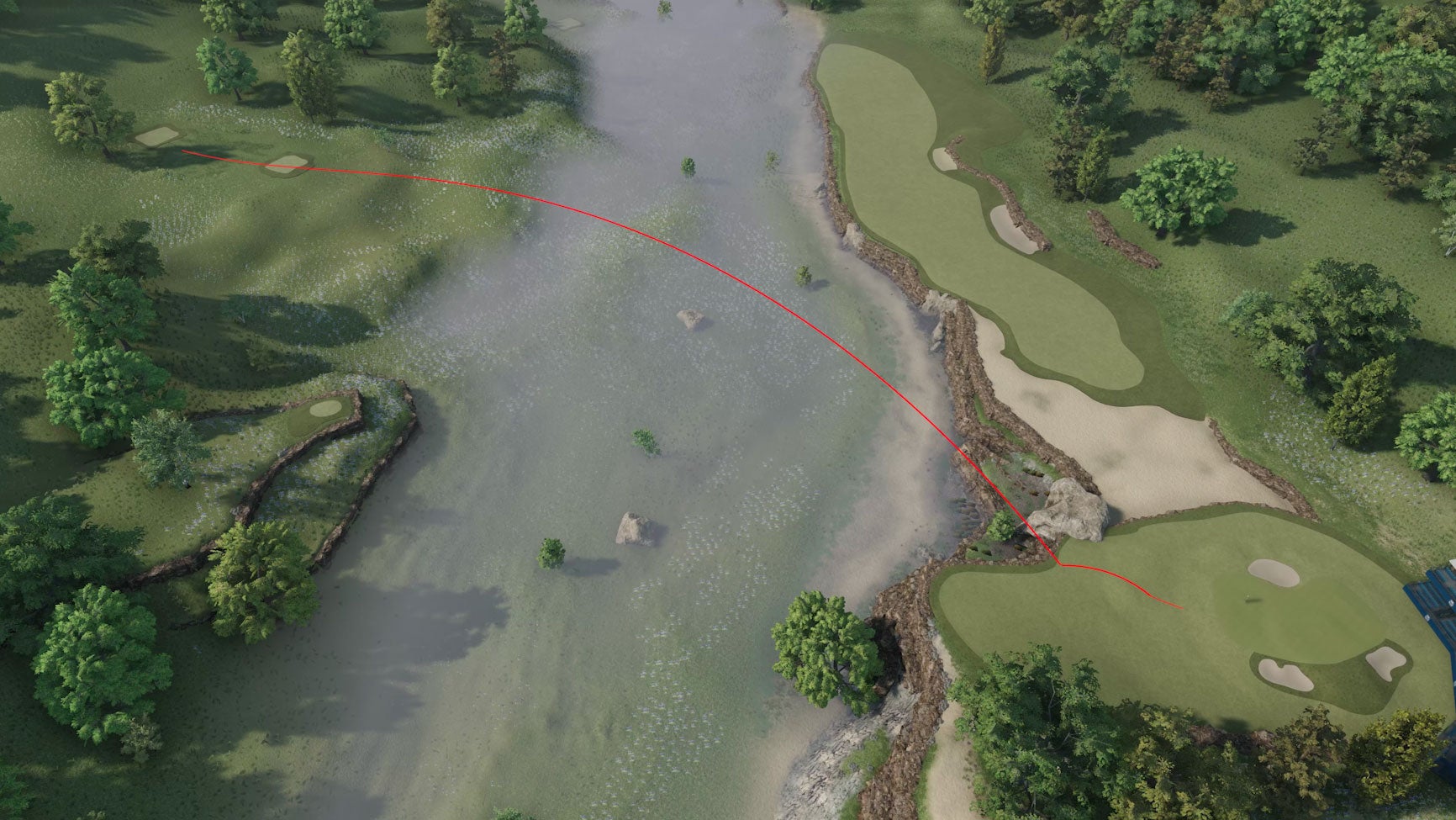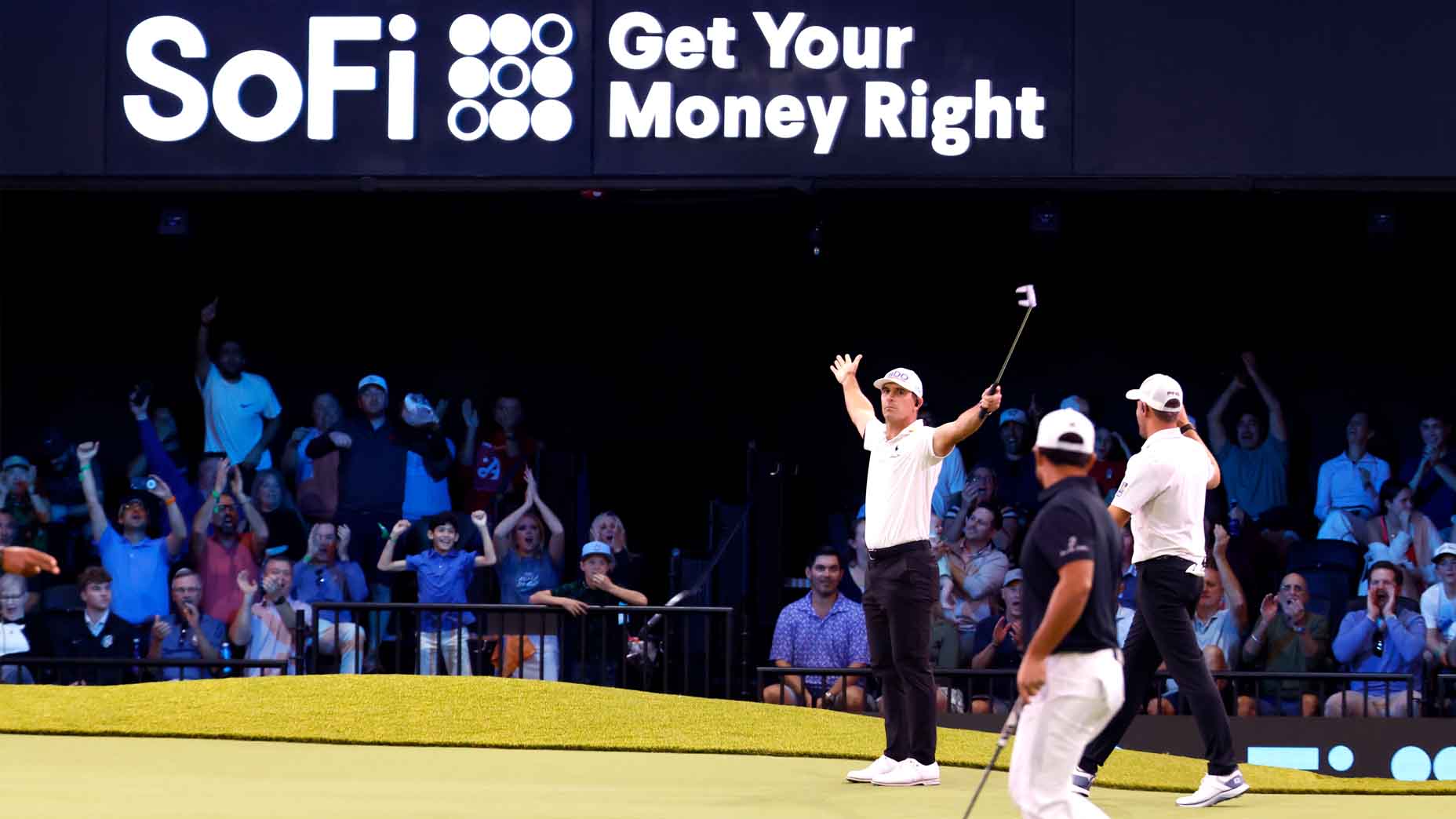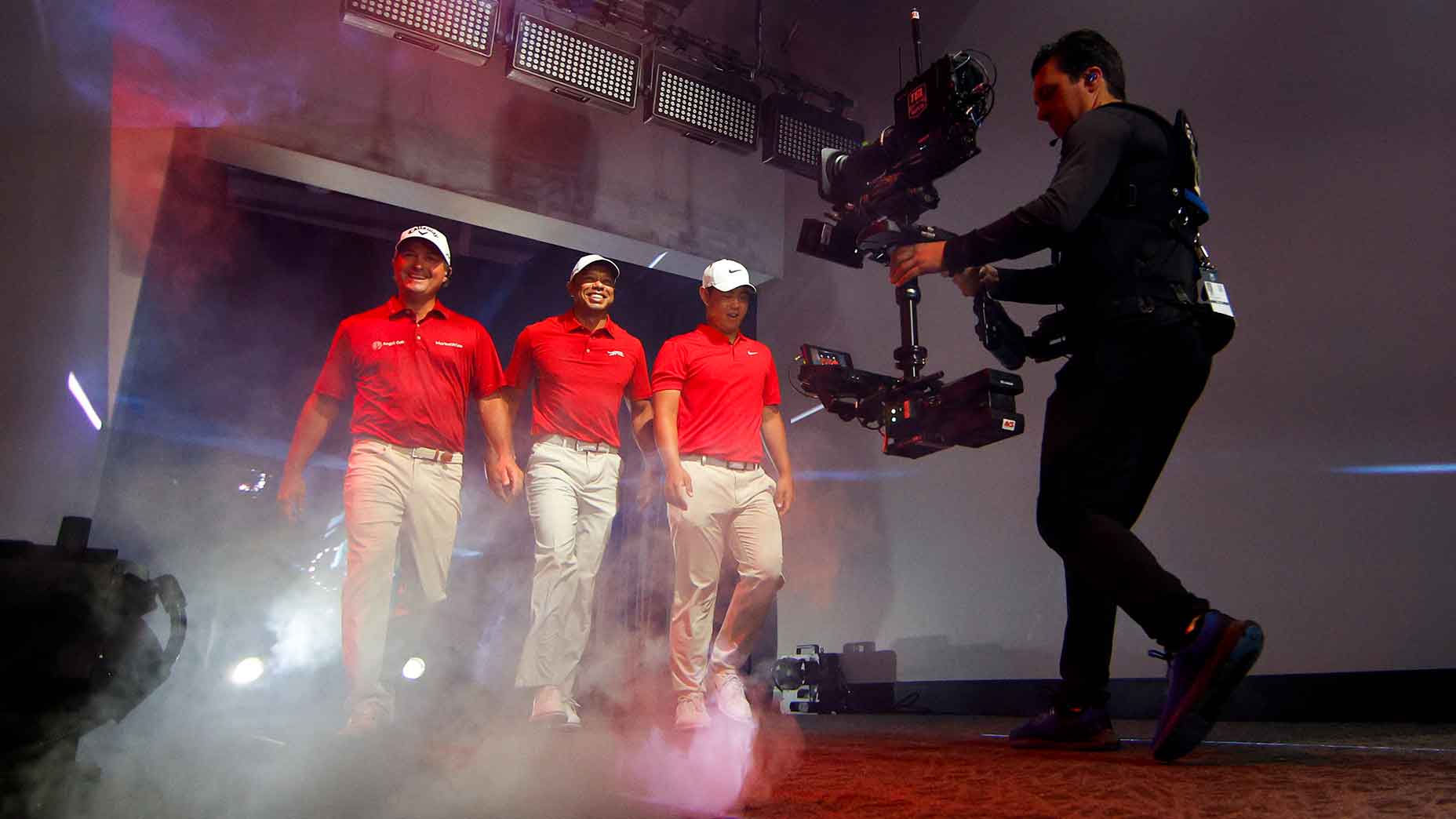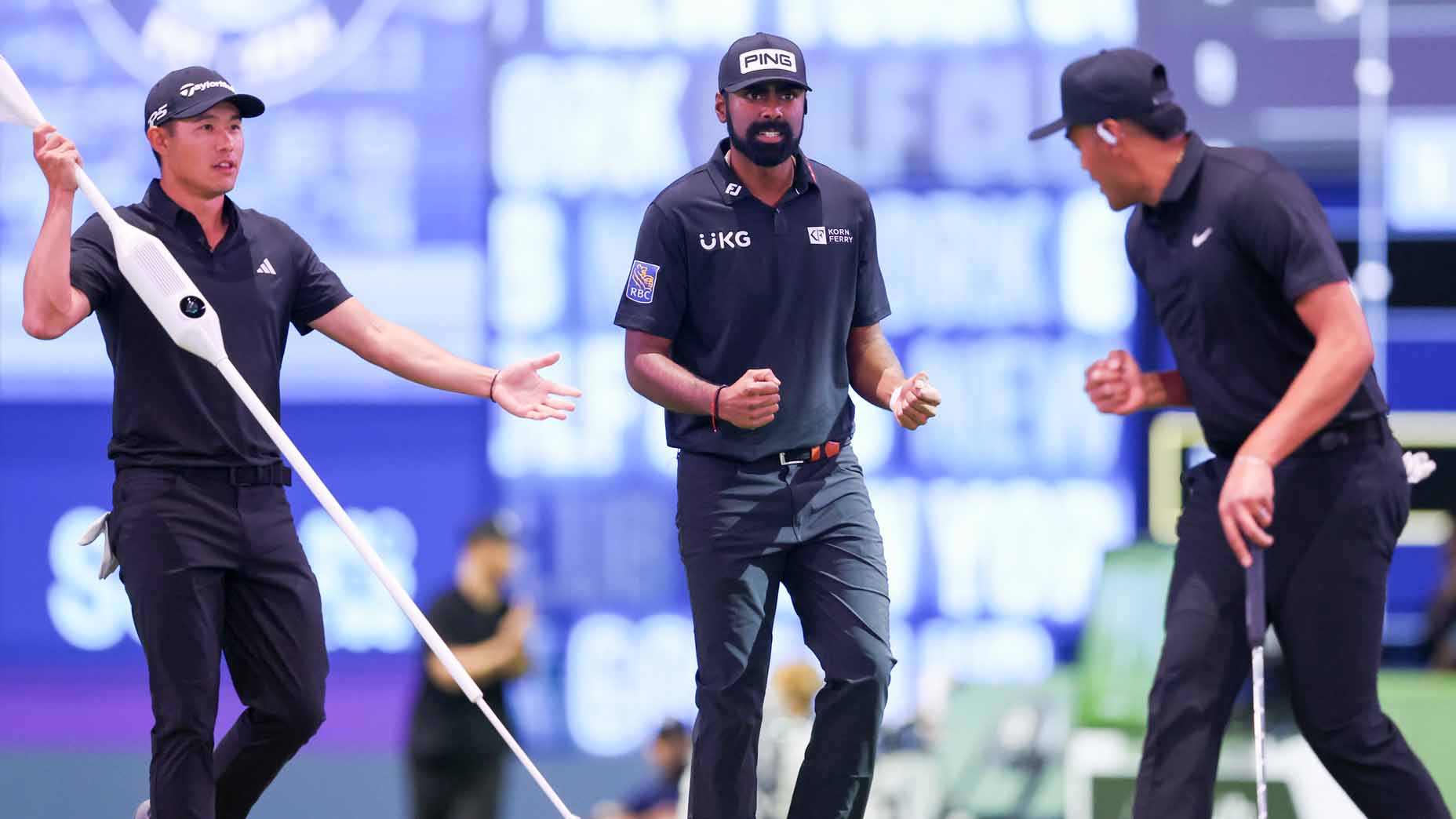As the clock ticks down toward the launch of TGL, the prime-time televised indoor golf league backed by Tiger Woods and Rory McIlroy, the key components have fallen into place.
The six 4-player teams of PGA Tour stars have been selected. The arena has been chosen (custom-built Sofi Center, in Palm Beach Gardens, Fla.). And two of the three course architects have been revealed: Nicklaus Design and Beau Welling Design; the third firm will be announced later this week.
What they’re building is unlike anything the game has seen before.
TGL’s first-of-its-kind competition, which debuts Jan. 7 on ESPN, will follow a mixed-reality format, with players striking long shots on virtual holes — smacking drives and approaches into a giant simulator screen — before hitting their chips and putts to and on an actual green. That green, which can rotate 360 degrees and morph in its topography to create a dynamic challenge, is an impressive feat of engineering. Designing the virtual holes took some doing, too.
For that, TGL has tasked its architecture partners with creating 30 holes, 15 of which will be played in shifting rotation throughout the season.
Much of that work is now complete.
Early this week, Nicklaus Design, which has developed 439 courses in 46 countries and 40 states, offered GOLF.com a sneak-peek of two of its TGL holes, along with insights into how they were created. One is par 4 set in Texas Hill Country. The other is par 3 along the California coast.
“It’s the same but different,” Chad Goetz, senior designer at Nicklaus Design said, when asked what it was like to shift from real-world to virtual design.
From the outset, the architects were given plenty of creative freedom and encouraged to dream up holes in different landscapes. The work, Goetz said, came with both “opportunities and constraints.” On the one hand, they could let their imaginations run wild, free of common design and construction concerns.
“You can design anywhere you want without worrying about budgets or permits,” Goetz said.
On the other hand, there were logistical impositions. The architects were asked, for instance, to try to avoid designs that would leave intermediate-length shots of some 30 to 70 yards, a kind of no-man’s land that would require players to hit balls lower into the outsize TGL screen than they otherwise might for them to be captured in simulation.
“They would almost have to hit it into the bottom of the screen for it to work out, because they’re actually quite a ways away from the screen,” Goetz said. “So you’ll see a lot of these holes, there’s some kind of penal hazard eating up that 30 to 70 yard space because they don’t want to try to recreate that in the studio.”
Extreme elevation change was another no-no. Unlike the human eye, which can shift easily to take in uphill and downhill views, the camera on the screen in TGL will be fixed, unable to capture extreme ups and downs.
“One of our early designs was a mountain hole where we tried to push the limits,” Goetz said. “But we realized the specs weren’t going to work.”
Those technical constraints aside, the basic principles of good design applied, with the goal of creating compelling challenges and strategic options that would call for smart decision-making under TGL’s 40-second shot clock.
Consider, for instance, the Hill Country hole.
Nicknamed “Bluebonnet,” it can play as either a drivable par-4 or a long two-shotter, in a setting studded fittingly with rock outcrop and oaks. From the up tees, competitors will face a carry of just over 300 yards to a green that can be positioned with a bank on the right. Balls landing on that bank will have a good chance of bounding onto the putting surface. From the back tees, the hole transforms into a cape hole, presenting players with a choice of how much they want to try to bite off with their drives.
The California par-3, dubbed “Cliffhanger,” has built-in variety, too. Situated on a coast, with cypress trees dotting its virtual landscape, it can play to different lengths, maxing out at 250 yards over an ocean inlet. If that makes you think of a certain famous par-3 on certain famous course, you’re onto something. “You can obviously tell we’re taking some stabs at the 16th at Cypress Point,” Goetz said.
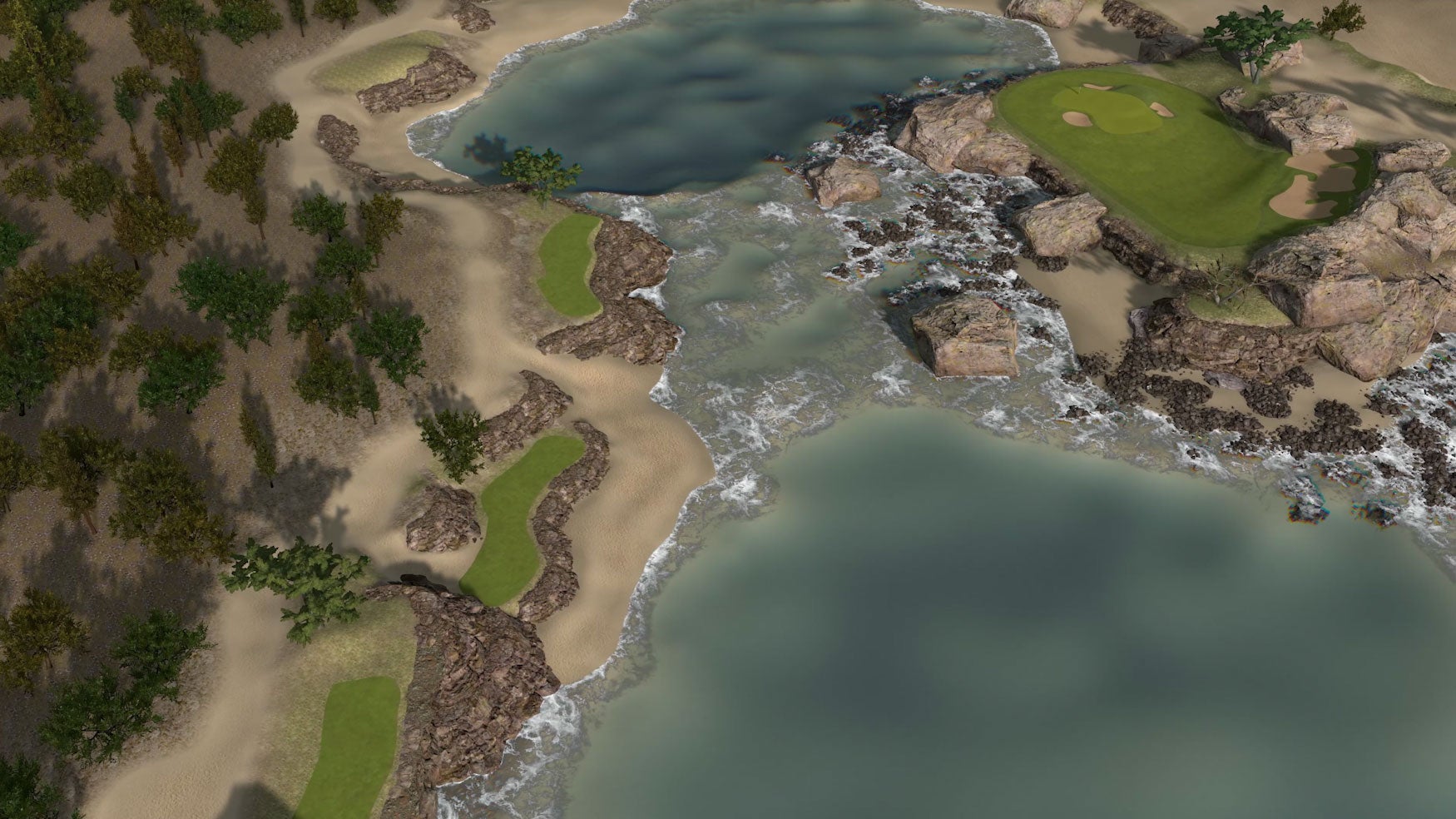
Though designing a compelling par-3 was particular challenging, “because it’s one shot, playing to the same green,” wind, Goetz noted, will add to the intrigue.
“It will be an element in TGL,” he said. “I’ve asked them to let it blow right on this hole and see if they can ride the wind 250 yards to a small green.”
As for ushering the designs from concept to reality, Goetz said that work followed familiar steps.
“I think we all pretty much agree that you can’t design straight into the computer, so we always start out drawing by hand,” he said. From there, the drawings were digitized by Nicklaus Design’s production team, and then handed over to TGL’s technology partner, Full Swing, which inputted the designs into the their modeling software, yielding a simulated hole.
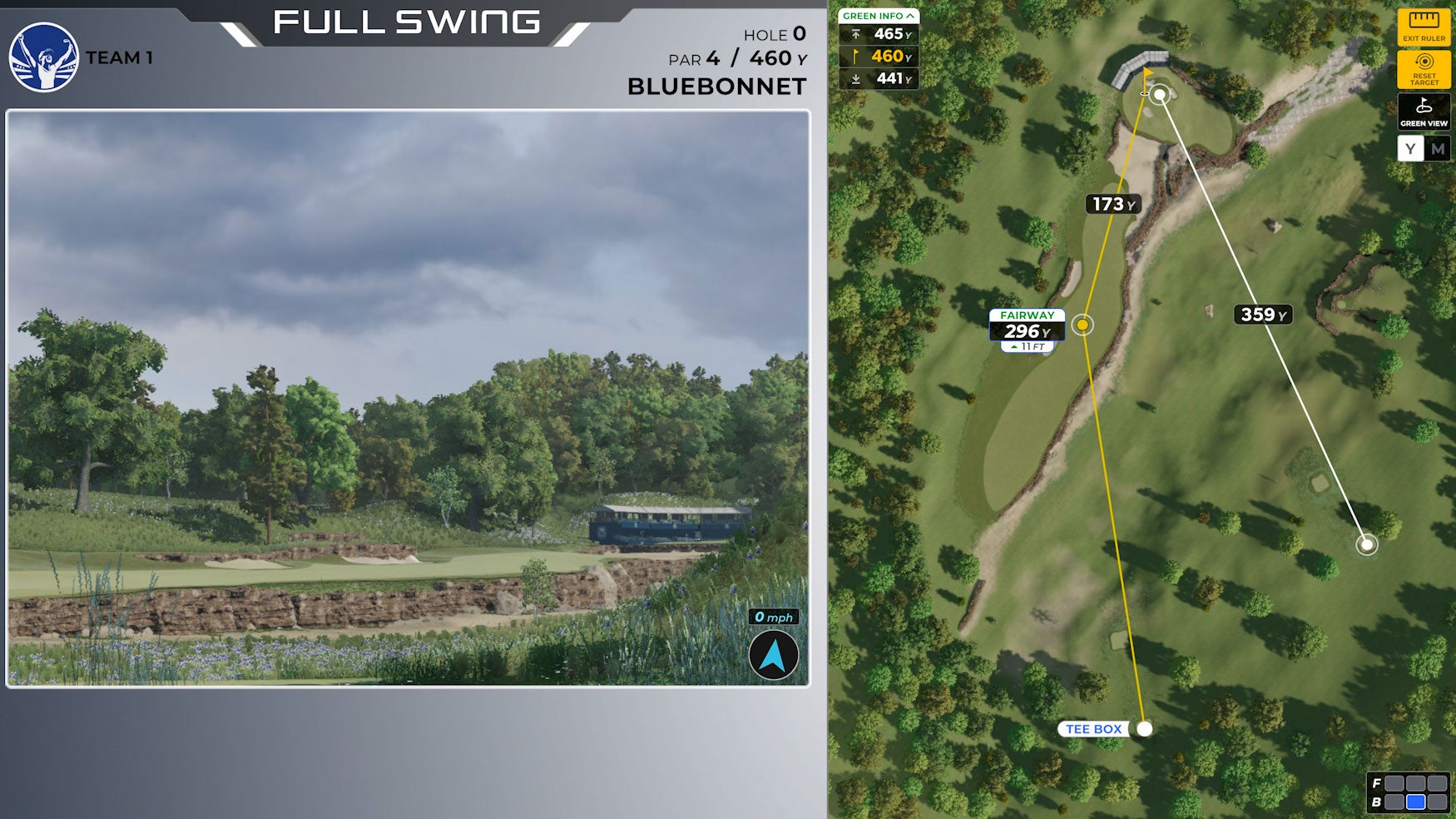
“It’s been very interesting to see how it plays, because I can’t go out and feel it in the real world like I normally would,” Geotz said. “It’s this virtual thing. It looks like it is what it’s supposed to. But unless you’ve got your eyes and feet physically on it, it’s hard to feel how it’s going to play. It’s going to be interesting to see how it works out.”
To hear more from Goetz on designing for TGL, check out the video above.
